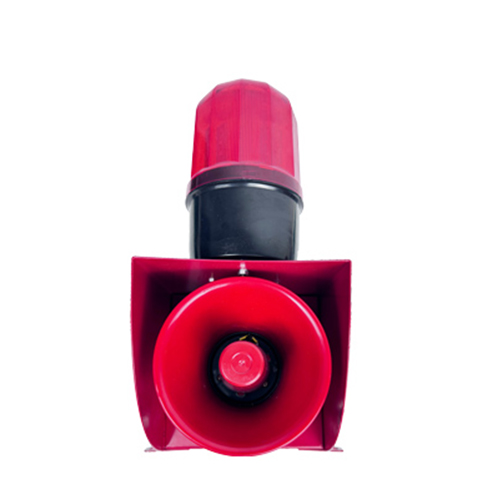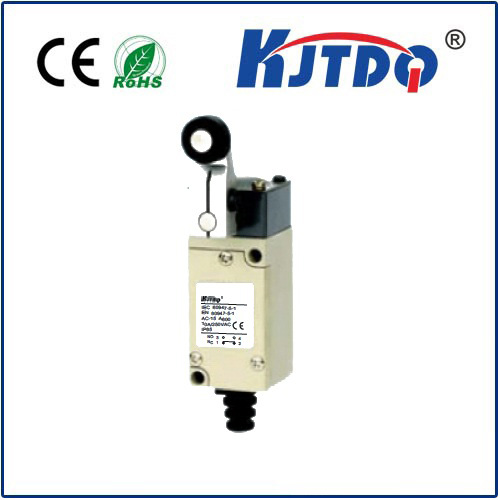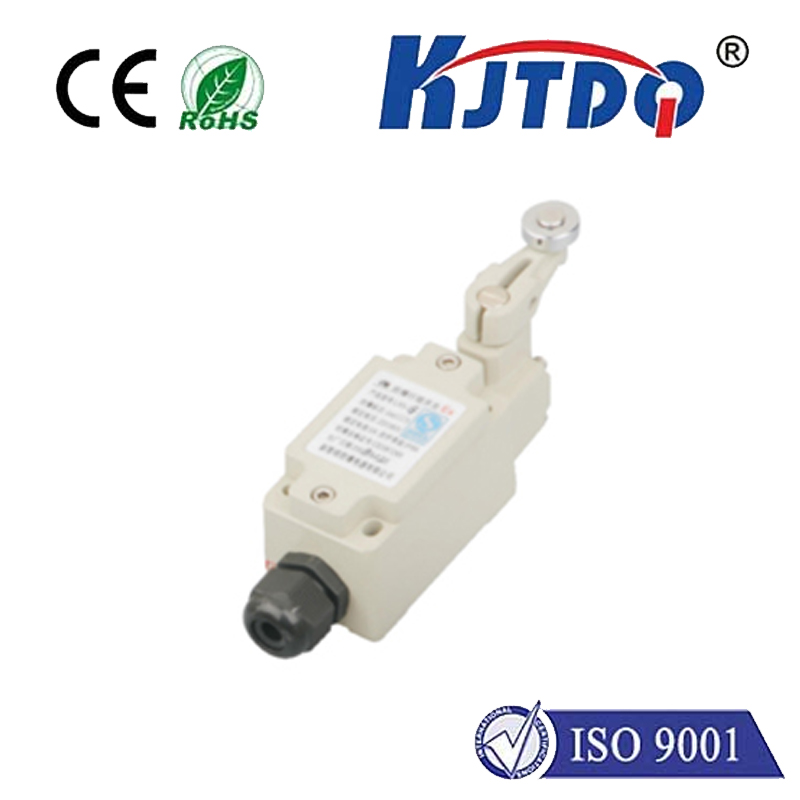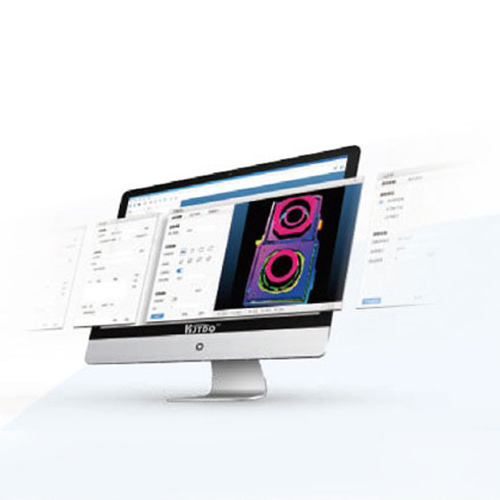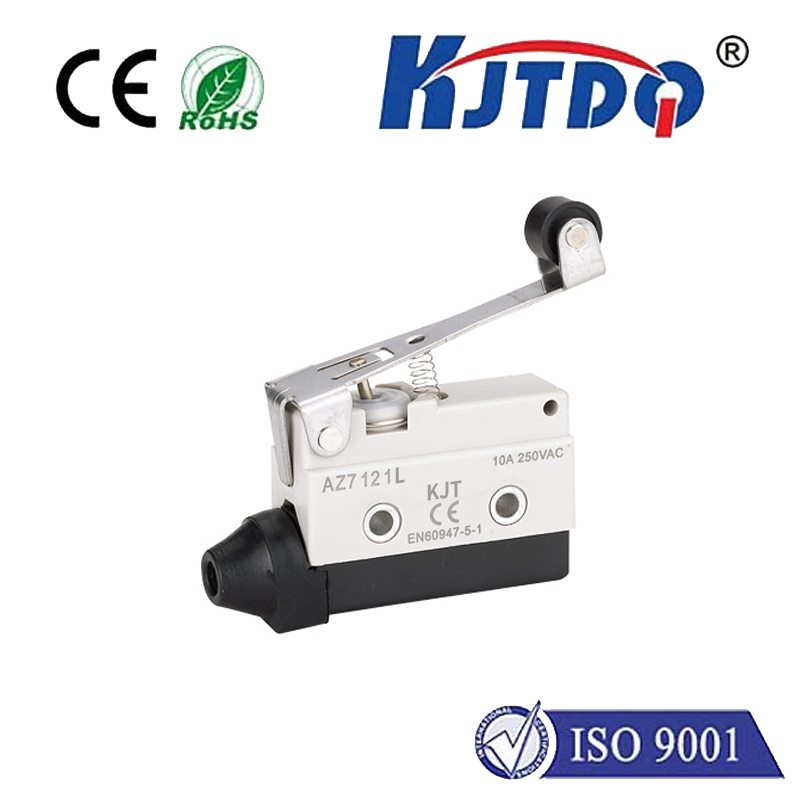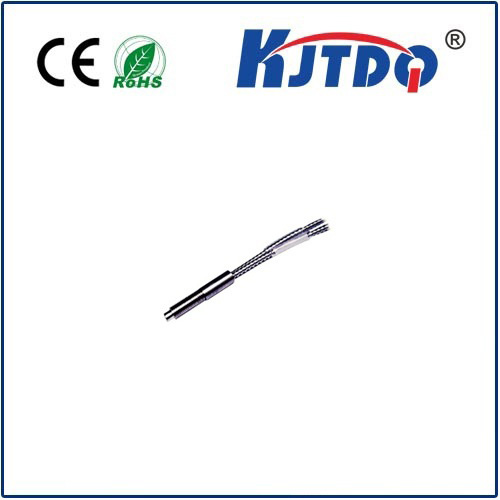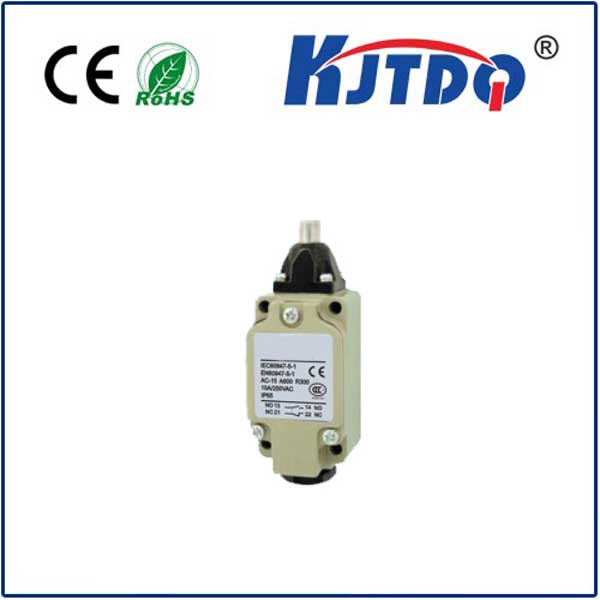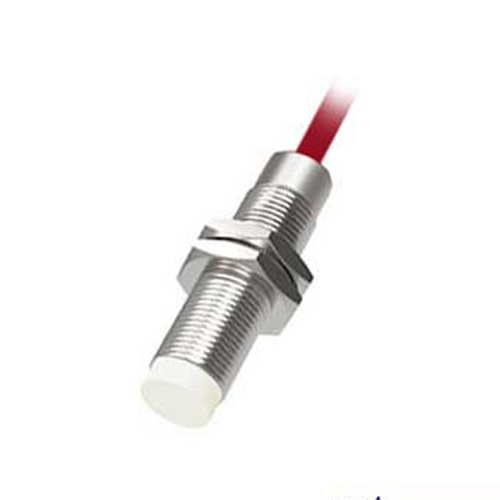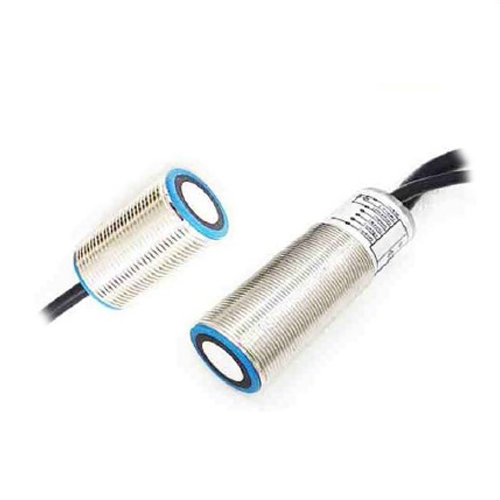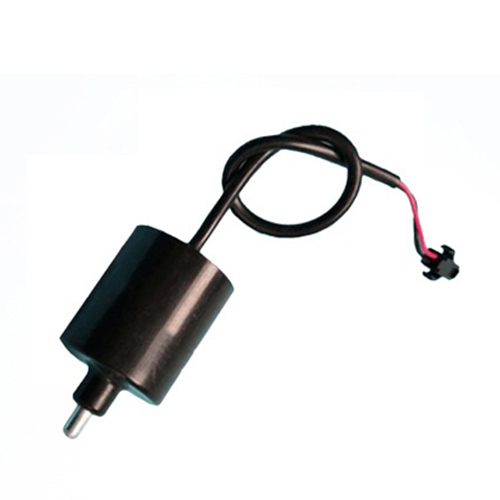Ограничение IEC
- time:2025-07-30 15:27:02
- Нажмите:0
IEC Limit Switches: The Engineered Guardians of Industrial Precision and Safety
Imagine a world where conveyor belts never stop, crane hooks crash past safe points, and robotic arms swing wildly beyond their programmed arcs. Chaos, damage, and danger would reign. Thankfully, in the intricate dance of industrial automation, a critical component stands guard: the IEC limit switch. Engineered to international standards, these seemingly simple devices are the unsung heroes ensuring operations halt precisely when and where they should, safeguarding personnel, equipment, and processes.
Defining the IEC Limit Switch: More Than Just a Switch
At its core, a limit switch is a robust electromechanical device designed to detect the presence or absence of an object (its “actuator”) or to monitor its position within a defined range. When the actuator is triggered – by physical contact with a moving part, a cam, or even proximity – the switch changes its electrical state (opening or closing a circuit). This signal becomes the fundamental input for control systems to stop motion, initiate a sequence, change direction, or provide vital positional feedback.
The “IEC” designation is crucial. It signifies that the switch is designed, manufactured, and tested to stringent standards set by the International Electrotechnical Commission (IEC). Specifically, the IEC 60947-5-1 standard governs low-voltage switchgear and controlgear, including industrial control switches like limit switches. Compliance with IEC standards isn’t just a label; it’s a guarantee of:

- Global Compatibility: Adherence ensures the switch meets fundamental safety and performance benchmarks recognized worldwide, simplifying specification and integration across international projects.
- Rigorous Testing: IEC switches undergo extensive tests for electrical endurance (thousands to millions of operations), mechanical durability (impact, vibration), ingress protection (IP ratings for dust/water resistance), and environmental resilience (temperature extremes, humidity).
- Defined Safety Levels: The standards establish clear requirements for insulation, creepage/clearance distances, and fault protection, minimizing risks of electric shock or fire.
- Performance Consistency: Manufacturers must demonstrate consistent operation under specified conditions, leading to predictable and reliable performance in the field.
The Engineering Edge: Why IEC Compliance Matters in Harsh Environments
Industrial settings are inherently demanding. Dust clouds machinery, water sprays during washdowns, heavy vibrations shake components, and extreme temperatures push materials to their limits. IEC limit switches are purpose-built for this reality:
- Unmatched Ruggedness: Constructed with robust materials like stainless steel, durable thermoplastics, and high-grade alloys, they withstand significant mechanical stress, shock, and impact (often rated using IK codes).
- Superior Sealing: Ingress Protection (IP) ratings (e.g., IP65, IP67, IP69K) are paramount. A high IP rating signifies the switch is sealed against dust ingress and powerful water jets, making it suitable for food processing, outdoor applications, or harsh manufacturing environments.
- Temperature Resilience: IEC switches are rated for wide operating temperature ranges, ensuring reliable function from freezing cold storage to the intense heat near furnaces or engines.
- Electrical Reliability: Contacts are designed for high electrical endurance, resisting welding and arcing even under substantial inrush currents or frequent switching cycles. Positive-opening contacts (a key requirement in safety circuits per standards like IEC 60947-5-1) ensure a guaranteed physical break in the circuit when open, enhancing safety.
- Точный привод: Various actuator types (roller levers, plungers, wobble sticks, whiskers, cams) offer precise positioning control tailored to the application’s specific motion and force requirements.
The Critical Role: Applications Driving Industrial Efficiency and Safety
The versatility of IEC limit switches makes them indispensable across countless industries:
- Machine Guarding & Safety Interlocks: Acting as the final safety barrier on guard doors or safety gates. Opening the guard triggers the switch, immediately cutting power to hazardous moving parts (e.g., presses, robots, conveyor nip points).
- Position Sensing & End-of-Travel Control: Precisely detecting when a moving part (crane trolley, elevator car, linear slide, valve stem) reaches its programmed endpoint, preventing over-travel and potential collisions or damage. Overhead crane systems heavily rely on them.
- Sequence Control: Initiating the next step in an automated process once a component reaches a specific position (e.g., confirming a workpiece is clamped before machining starts).
- Counting and Detection: Monitoring the passage of objects on conveyors or detecting the presence/absence of parts at critical stations.
- Valve Position Feedback: Confirming whether valves (ball, butterfly, gate) are fully open or fully closed in process industries (oil & gas, chemical, water treatment).
Selecting the Right IEC Limit Switch: Key Considerations
Choosing the optimal IEC limit switch requires careful analysis of the application’s demands:
- Environmental Conditions: What are the exposure levels to dust, water, chemicals, temperature extremes, and vibration? Determines required IP rating and material compatibility.
- Mechanical Requirements: What force is available to actuate the switch? How much travel or pre-travel is needed? What is the required actuator type (lever, plunger etc.)? How many operations per cycle/hour/day?
- Electrical Specifications: What is the load (voltage, current, AC/DC)? For inductive loads (motors, solenoids), ensure contact ratings exceed the load’s inrush current. Is a specific contact configuration (NO, NC, changeover) needed?
- Safety Criticality: Is the switch part of a safety-related control circuit? If so, it must comply with IEC 60947-5-1 and potentially higher SIL or PL requirements, featuring positively driven contacts.
- Mounting and Configuration: How and where can the switch be mounted? Are special brackets or actuators needed? Consider space constraints.
The Foundation of Controlled Motion
IEC limit switches transcend their basic function as simple position detectors. They are engineered safety and control components, rigorously tested and built to endure the relentless demands of industrial environments. By providing reliable, precise signals based on physical position, they form the bedrock of automated system sequencing, prevent catastrophic over-travel, and are fundamental elements in safeguarding personnel. Understanding their design principles, governed by international standards, and selecting the right switch for the application’s specific mechanical, electrical, and environmental challenges is crucial for achieving robust, efficient, and safe automation. They are, quite literally, the reliable sentinels ensuring machines operate within their intended boundaries.

